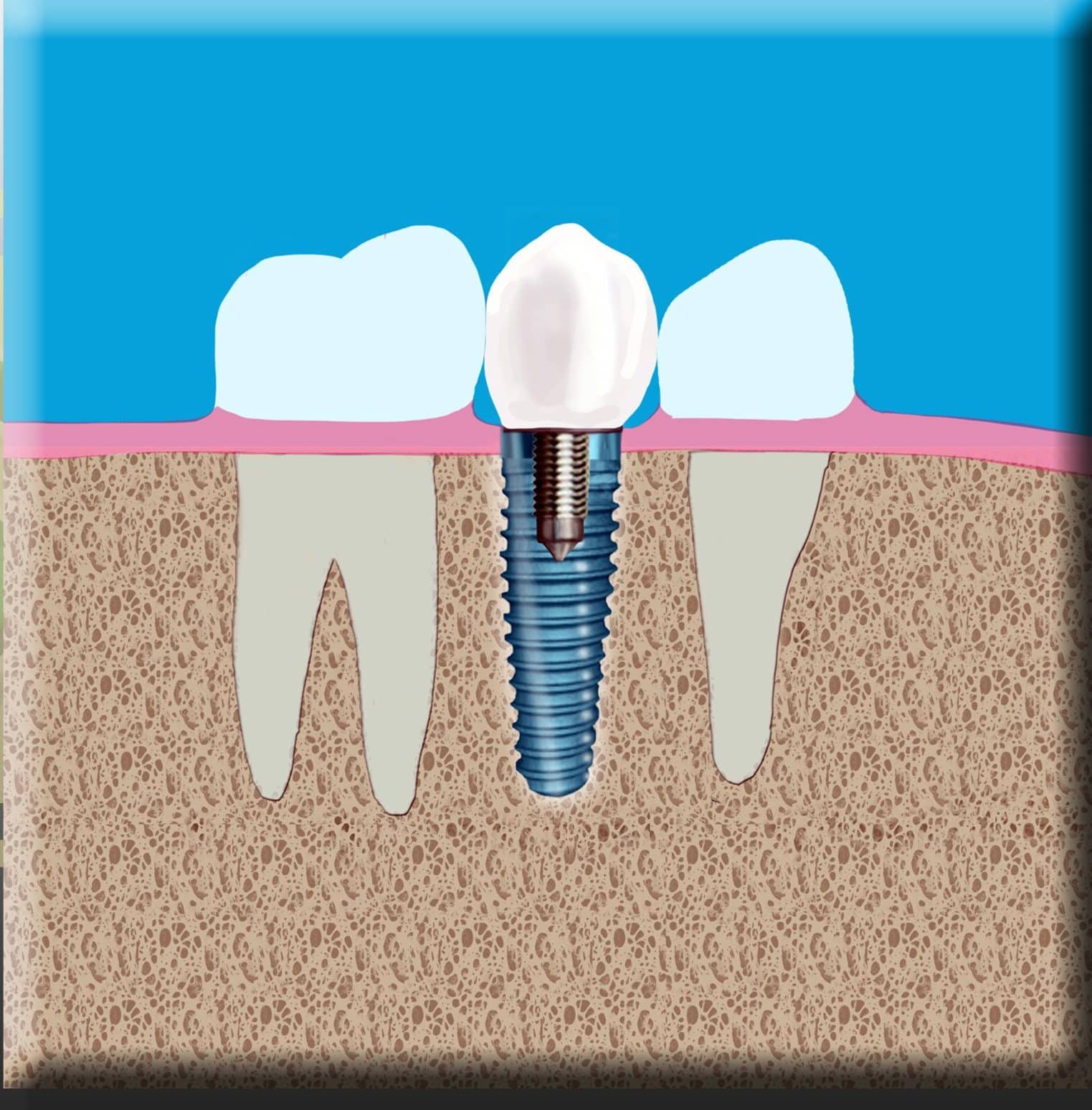Alternatives to Dental Implants
There are several alternative tooth replacement options that are generally more cost-effective than dental implants. Some of these alternatives include:
Partial Dentures: Partial dentures are removable prosthetic devices designed to replace one or more missing teeth. They are often less expensive than dental implants and can provide a functional and aesthetic solution for individuals with multiple missing teeth.
Full Dentures: Full dentures are designed to replace an entire arch of missing teeth. Like partial dentures, they offer a more affordable alternative to dental implants and can effectively restore oral function and appearance.
Dental Fixed Bridges: Dental fixed bridges are a non-removable tooth replacement option that can be used to fill a gap created by one or more missing teeth. Traditional dental bridges are anchored to adjacent natural teeth or dental crowns, offering a stable and cost-effective alternative to dental implants.
Resin-Bonded Bridges (Maryland Bridges): These are a conservative and cost-effective option for replacing missing front teeth. Resin-bonded bridges are attached to adjacent teeth with minimal preparation and can be an affordable solution for individuals looking to restore their smile.
Removable Overdentures: Overdentures are a removable tooth replacement option that can be anchored onto remaining natural teeth or dental implants for improved stability. This option can provide a balance between cost and functionality for individuals seeking a more affordable tooth replacement solution.
It’s important to note that while these alternatives may offer cost savings compared to dental implants, they may not provide the same level of long-term stability and functionality. Consulting with an implant dentist to discuss the advantages and limitations of each option, as well as weighing the long-term benefits, can help individuals make an informed decision based on their specific dental needs and budget considerations.
The information provided in this blog is intended for general informational purposes only and should not be construed as professional dental advice. Readers are advised to consult with a qualified dental professional or healthcare provider for personalized dental care recommendations, diagnosis, or treatment. The content of this blog does not replace, supersede, or constitute a professional relationship with a licensed dental practitioner. Any reliance upon the information presented in this blog is at the reader’s own risk. The author and publisher of this blog are not liable for any adverse outcomes or damages resulting from the application of information provided herein. Additionally, dental care practices and standards may vary by location, and readers are encouraged to seek guidance from local dental professionals for specific dental care needs and considerations.


